The Science of Circus
- Juggling Gravity
- Keeping it in Balance: Centre of Gravity
- Walking the Line: Balance
- What goes around comes around: Angular Momentum
- Jump Around: Potential, Kinetic, and Elastic Energy
- Slinky Physics: Energy Transfer
- Having a Ball with Newton’s First Law
- Swinging To and Fro: Pendulum Motion
- Falling with Style- Gravity, Friction, Air Resistance
- What’s that Sound? Sound Waves/ Doppler Effect/ Sound Barrier


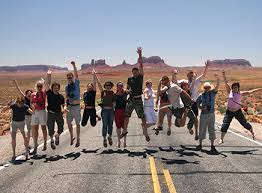
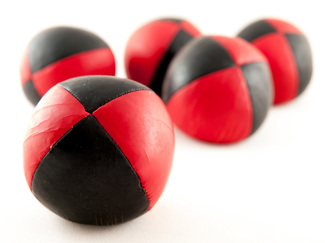
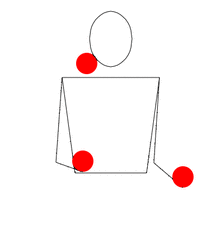
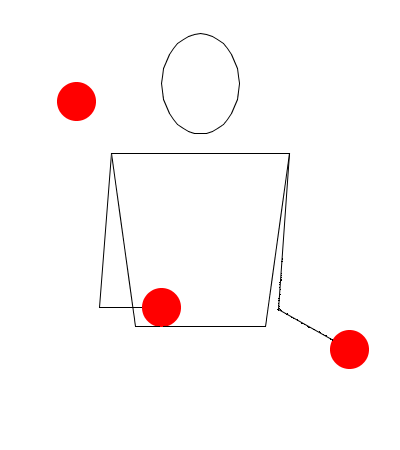
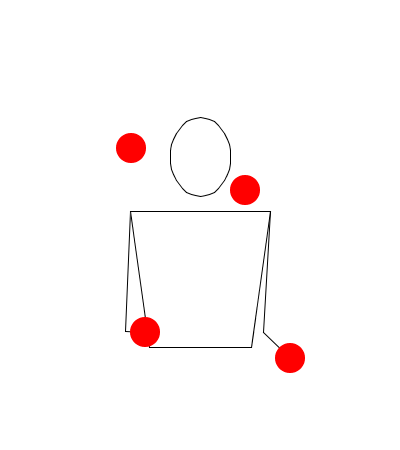
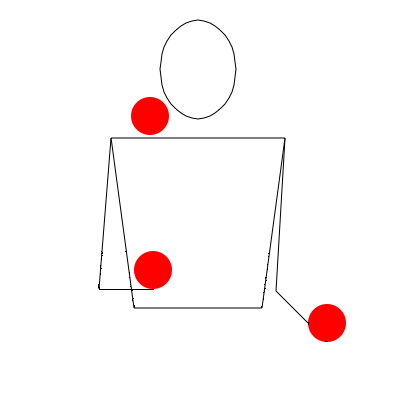

 RSS Feed
RSS Feed
